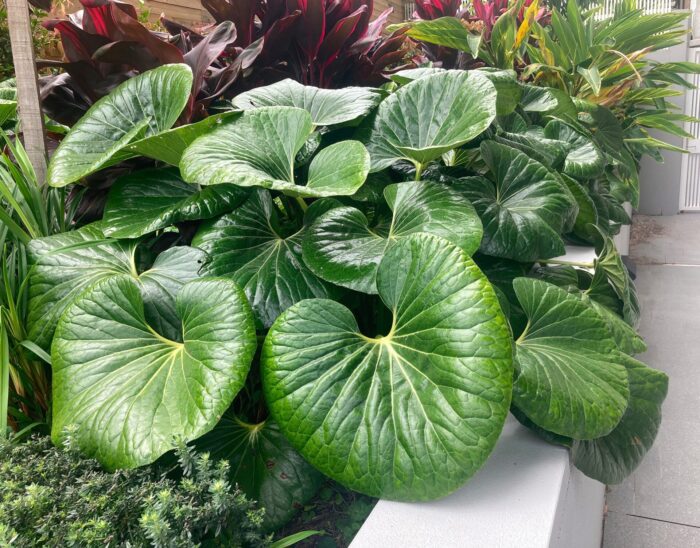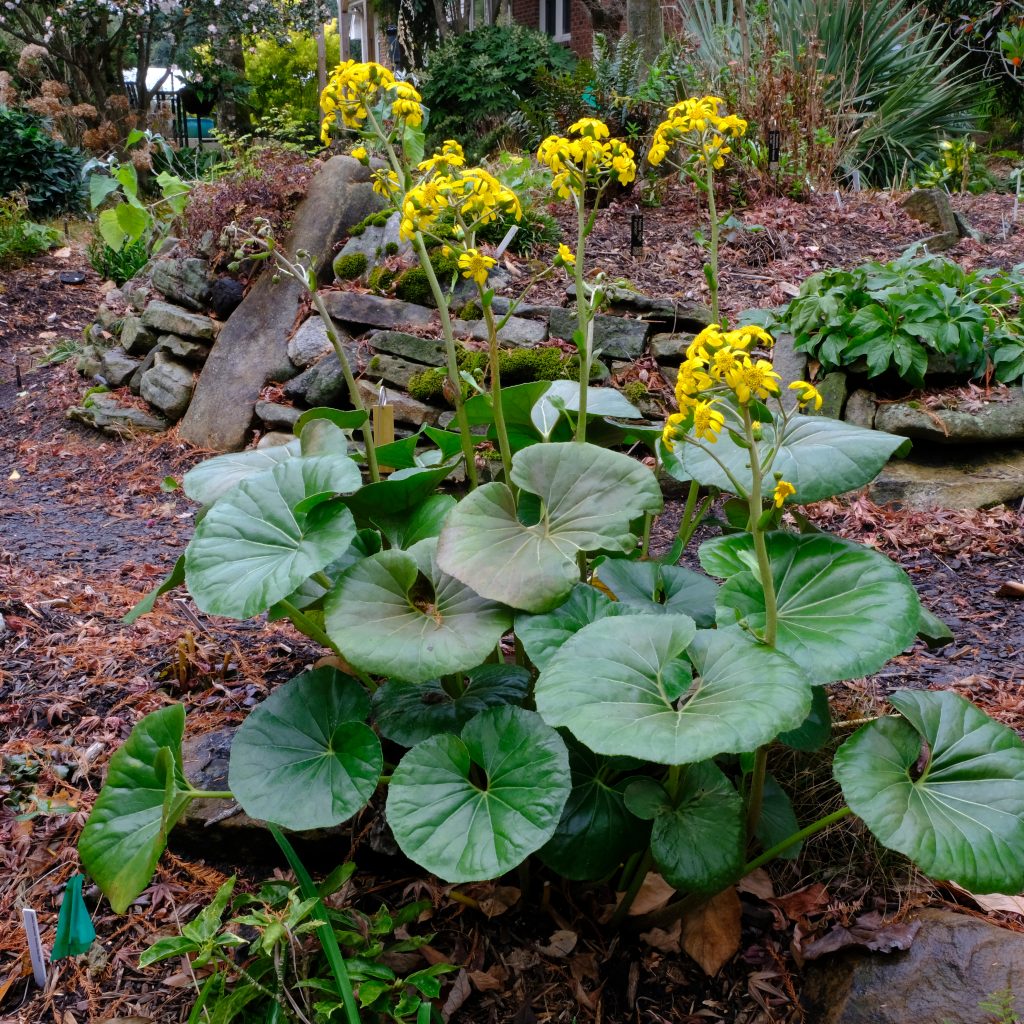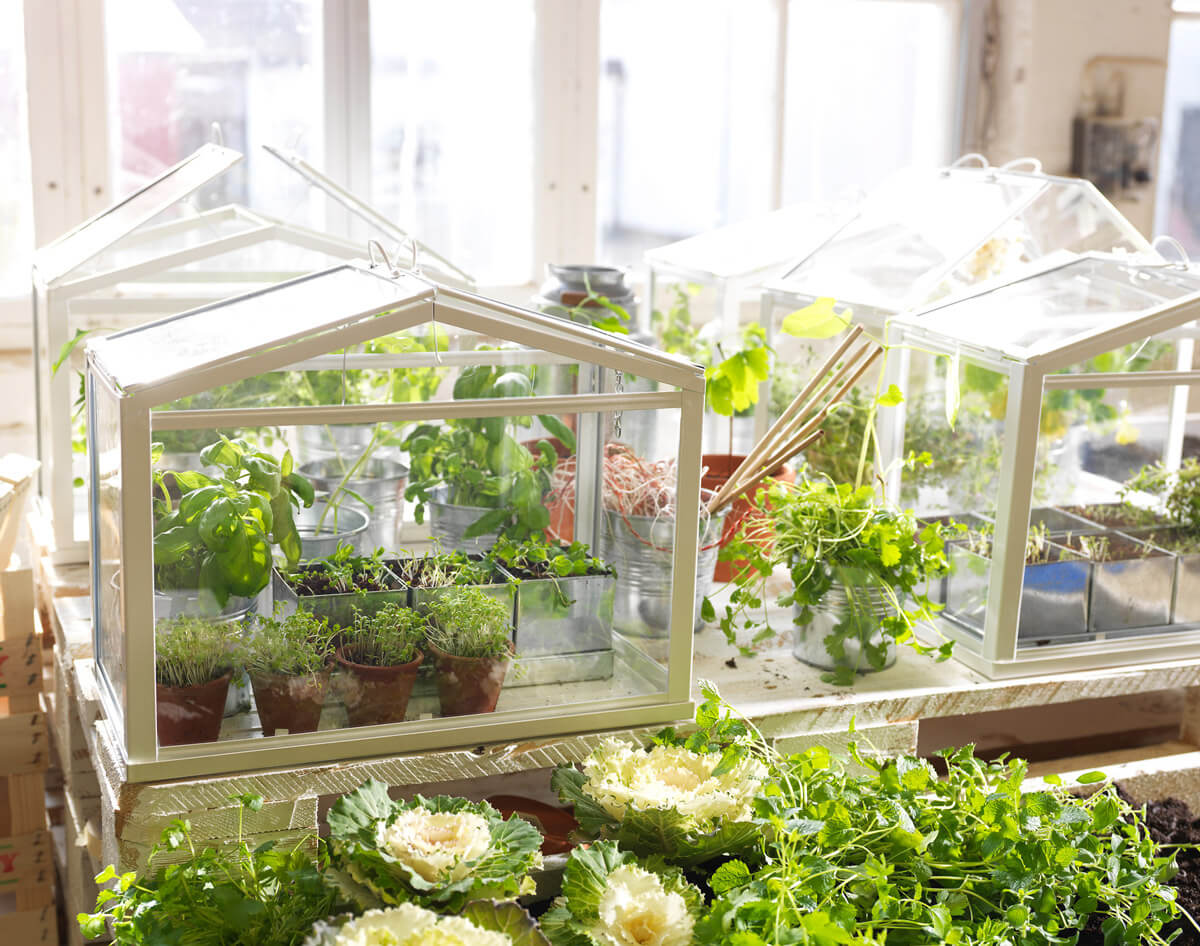Tractor Seat Plant Care: Simple Tips for Thriving Green Growth

Most folks stroll past a “tractor seat plant” in the nursery, pause at those glossy, oversized leaves, and think: That looks easy enough. But after two decades wrangling shade perennials—plus a few humbling failures—I can promise these plants have quirks that separate thriving specimens from sad, floppy décor. If you want a lush, conversation-starting tractor seat plant (whether it’s Tolmiea menziesii or Farfugium japonicum), you’ll want more than the usual tag instructions. Here’s the real-world, dirt-under-the-nails guide.

Insider’s Guide: What Is a Tractor Seat Plant—And Which One Do You REALLY Have?
Let’s clear up a classic garden center mix-up. The “tractor seat” moniker gets tossed around for both Farfugium japonicum (the true tractor seat—giant, shiny leaves) and Tolmiea menziesii (“piggyback plant”—smaller leaves with baby sprouts). Here’s how I sort them on sight:
- Farfugium japonicum: Leaves are thick, waxy, nearly as wide as my outstretched hand—think 8-16 inches across. They feel cool and rigid to the touch; run your finger along the edge and you might hear a faint squeak.
- Tolmiea menziesii: Fuzzy, softer leaves about palm-sized. Look for tiny “hitchhiker” plants sprouting where leaf meets stem—a dead giveaway.
I once bought what was labeled “piggyback plant” only to discover months later I’d been nurturing Farfugium—the lack of piggybacks tipped me off when I finally paid attention!
The Secret Sauce: How I Actually Keep Them Thriving
Light
Forget “shade-loving” as a blanket statement. In my experience:
- Indoors: East-facing windows are gold. North windows work, but growth slows by half.
- Outdoors: Dappled shade is perfect; under Japanese maples has been my sweet spot since 2015.
One summer, I tested both varieties on my shaded porch and in brighter filtered light—growth doubled in the brighter spot (but never direct sun).

Soil
Here’s what works after years of trial:
- Mix two parts high-quality potting soil with one part fine bark or perlite and a handful of worm castings.
- For outdoor beds? Add leaf mold if you have it—it mimics their native woodland floor.
If roots sit in water for more than an hour (yes, I timed it during heavy rain!) expect yellowing within days.
Watering
Ignore generic “water regularly.” My method:
- Stick a chopstick into soil; if it comes out clean/dry at knuckle-depth, water thoroughly until excess drains out.
- During winter dormancy (learned this hard way in 2020): let soil approach dryness before watering again or risk root rot.
Humidity
A game-changer indoors: group these plants together or set their pots atop pebbles in a tray of water. When I moved mine near an old radiator last winter without this trick? Leaves crisped within weeks.
Feeding
After burning new growth with bargain fertilizer back in 2017, I now use half-strength liquid seaweed feed every five weeks from March-August. More is NOT better here.

Propagation: Why Timing Is Everything
Tolmiea menziesii will propagate almost too eagerly—but here’s what most guides miss:
- Wait until piggyback babies have roots at least half an inch long (about the width of your pinky nail).
- Gently twist off and nestle into pre-moistened seedling mix.
- Cover loosely with plastic for humidity; remove after ten days when new growth appears.
When propagating Farfugium by division, do it right as new shoots emerge in spring—not later! Dividing too late risks shocking the plant into sulking for months (ask me how I know...).
Common Pitfalls—and How to Fix Them Fast
Here’s where experience really pays off:
- Droopy Leaves: Nine times out of ten? Either rootbound or overwatered. Unpot and check roots; healthy ones should be white/firm.
- Brown Edges: Sunburn or dry air—the first time this happened during an unexpected heatwave in June 2021, moving to deeper shade plus misting reversed damage within days.
- Pest Outbreaks: Spider mites love low humidity; wipe leaves weekly with diluted neem oil spray during dry spells (my go-to since losing two prized Tolmieas during a drought).
- Fungal Spots: Increase airflow—add a small fan indoors or thin crowded stems outdoors.
Design Secrets: Where Tractor Seat Plants Steal the Show
Want maximum impact?
- Group Farfugium near water features—their reflective leaves double visual interest on still mornings.
- Use Tolmiea as an underplanting to soften hard lines around pavers or woodland paths; their texture glows after rain.
My favorite combo since 2019 pairs Farfugium with ferns and purple-leaved heuchera—a trio that survived three surprise frosts without missing a beat.

Are They Safe? The Honest Truth
Neither Tolmiea nor Farfugium are toxic according to ASPCA records—but always check your specific cultivar by Latin name before letting pets nibble. My own dog gave Tolmiea one experimental bite years ago… he learned quickly not all greens are tasty!
Where to Find Them Without Getting Duped
Garden centers often mislabel these plants—even reputable ones! Bring photos on your phone (or print this guide). Online sources like Plant Delights Nursery reliably differentiate between species and ship healthy stock—I’ve used them since 2016 with zero regrets.

Expect to pay $12–$25 for starter pots locally; divisions from friends cost nothing but gratitude—and maybe some home-baked cookies!
Final Word: My Checklist for Tractor Seat Success
Every spring before growth kicks off:
- Inspect roots for crowding
- Top-dress with compost
- Refresh mulch to hold moisture
- Clean leaves gently with damp cloth
These simple steps mean fewer emergencies down the road—and more head-turning foliage year-round.
If you hit any snags along the way—or just want another gardener's take on what you're seeing—don’t hesitate to ask someone who’s wrestled with these quirky beauties through failed attempts and triumphs alike. Sometimes learning means muddy hands…and that's half the fun!



